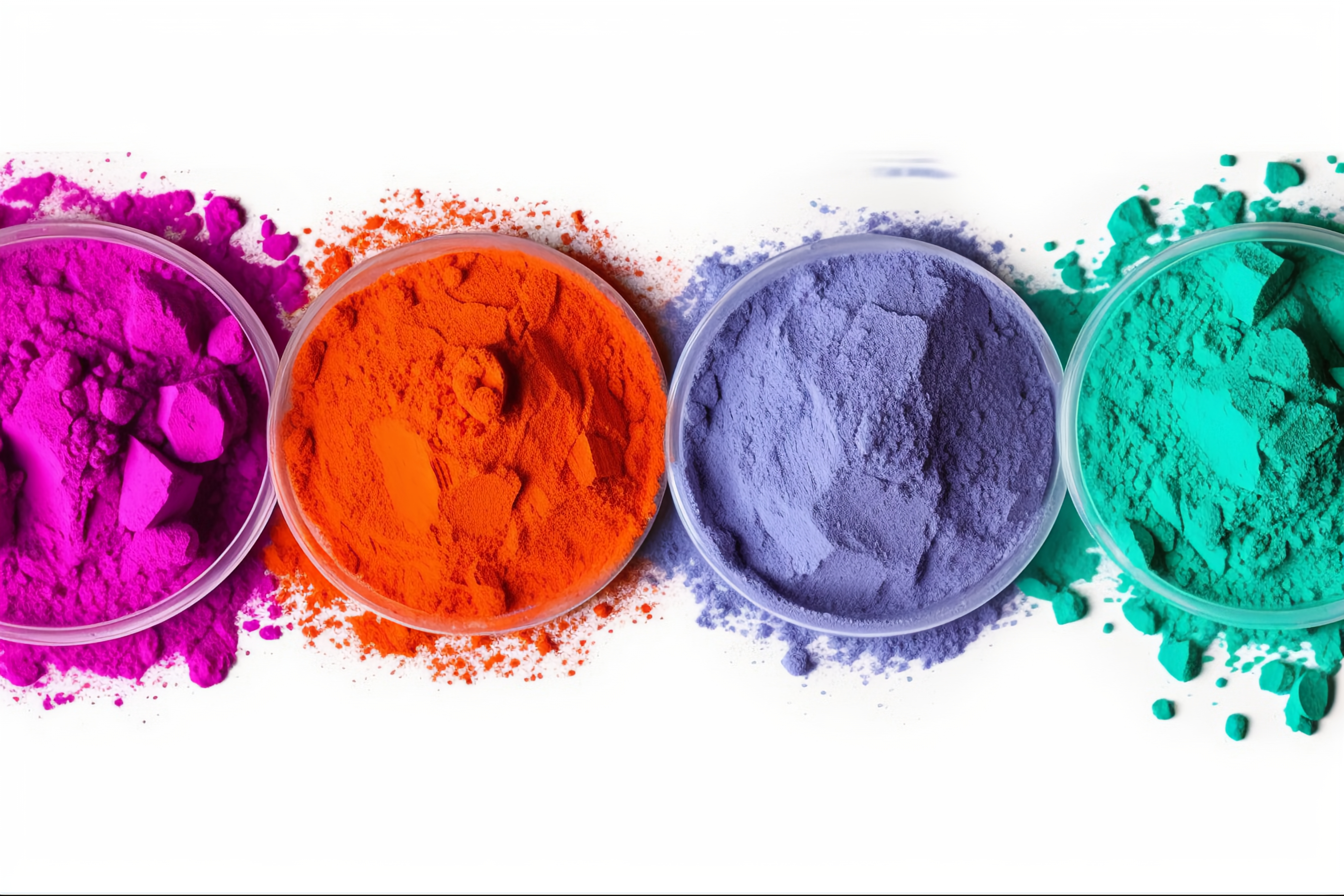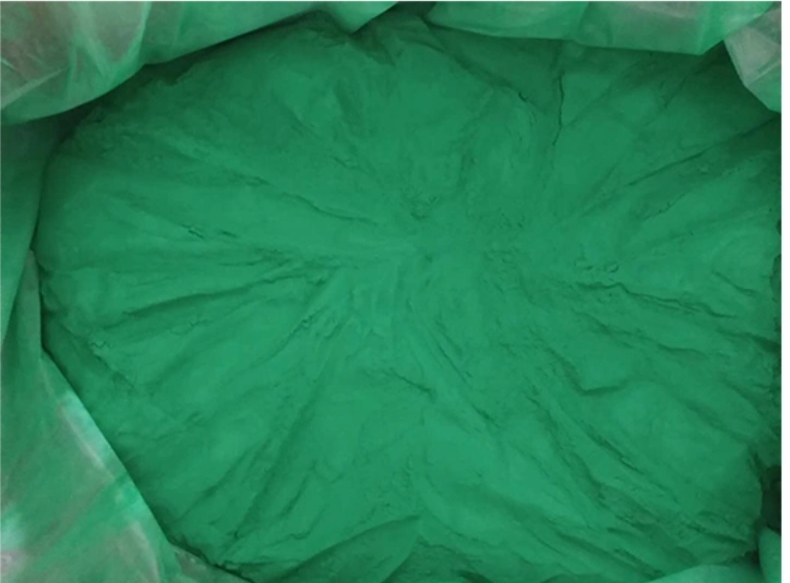When it comes to powder coatings, the distinctions between thermosetting and thermoplastic options play a crucial role in determining the most suitable coating for various applications. Let’s examine the specific differences, including their unique applications, compatibility with different substrates, and the process involved.
Understanding Thermosetting Powder Coatings:
1.1 What Are They?
Thermosetting powder coatings are polymer-based coatings that incorporate a crosslinking agent or resin. Upon exposure to heat, the crosslinking agent triggers a chemical reaction, leading to the curing process. This results in a durable and rigid coating that forms a permanent bond with the substrate. Once cured, the coating cannot be reshaped or melted back to its original state due to the irreversible chemical reaction.

1.2 Common Applications:
They are widely used in industries where high durability and resistance are essential. Typical applications include:
Automotive: Coating chassis, wheels, and engine parts for protection and durability.
Architecture and Construction: Coating exterior building facades, window frames, fences, and railings to withstand harsh environmental conditions.
Industrial Equipment: Providing corrosion, UV, and chemical resistance to machinery, tools, and metal structures.
1.3 Suitable Substrates:
Thermosetting powder coatings exhibit excellent adhesion and are well-suited for various metal substrates such as steel, aluminum, and galvanized surfaces. Additionally, they can adhere to heat-resistant plastics and glass surfaces.
1.4 Application Process:
The application process involves several steps:
Surface Preparation: Thorough cleaning of the substrate surface to remove dirt, grease, or rust. Additional pre-treatments such as sandblasting or applying a primer may be required.
Powder Application: Coating the prepared surface with the thermosetting powder using methods like electrostatic spray guns or fluidized bed techniques, ensuring uniform coverage.
Curing: Heating the coated substrate in a curing oven, typically between 150°C to 200°C (302°F to 392°F) to achieve a continuous and hardened coating through the melting and chemical crosslinking of the powder particles.
Understanding Thermoplastic Powder Coatings:
2.1 What Are They?
In contrast to thermosetting powder coatings, thermoplastic powder coatings do not undergo a chemical reaction during the curing process. Instead, they melt and flow when exposed to heat and solidify upon cooling, enabling reshaping and re-application of the coating multiple times due to the reversible nature of the process.

2.2 Common Applications:
Thermoplastic powder coatings are often chosen for their aesthetic appeal, design flexibility, and ease of application, making them suitable for various industries:
Electronics: Coating metal or plastic components of electronic devices to provide decorative and protective layers.
Appliances: Coating household appliances such as refrigerators, ovens, or washing machines for both functional and aesthetic purposes.
Consumer Products: Coating a range of goods including furniture, lighting fixtures, and sporting equipment to enhance visual appeal and protection.
2.3 Suitable Substrates:
They can adhere to a wide range of substrates including metals, plastics, and wood, and are particularly suitable for heat-sensitive substrates due to their lower curing temperature requirements. Plastics like ABS, PVC, and polypropylene are well-suited for thermoplastic coatings.
2.4 Application Process:
Similar to thermosetting coatings, the process involves:
Surface Preparation: Ensuring a clean and contaminant-free substrate surface, similar to the preparation required for thermosetting coatings.
Powder Application: Applying the thermoplastic powder using electrostatic spray guns or fluidized bed techniques to create a uniform coating on the substrate.
Curing: Heating the coated substrate in a curing oven, typically between 130°C to 180°C (266°F to 356°F), causing the powder particles to melt, flow, and form a continuous coating that solidifies upon cooling.
In summary, while both thermosetting and thermoplastic powder coatings offer unique advantages, their differences in chemical properties, applications, target substrates, and operational processes play a crucial role in selecting the most suitable coating for specific requirements. By understanding and considering these factors, manufacturers, fabricators, and applicators can achieve optimal coating results.

















